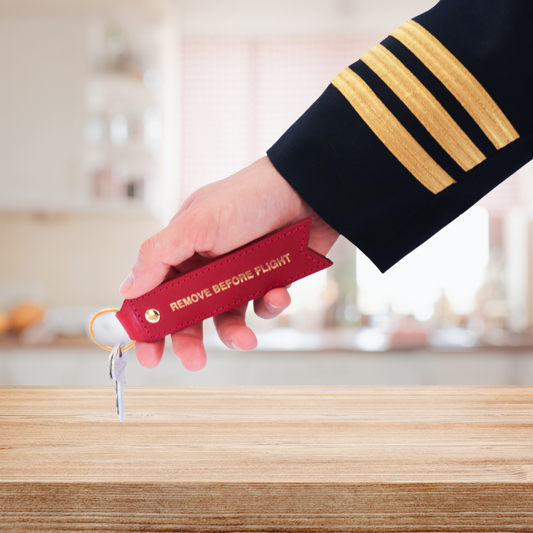Paper vs. electronic pilot logbooks in 2025: As the New Year dawns, it’s the perfect time for pilots to evaluate their flight record-keeping habits. One of the big decisions many pilots face is choosing between a traditional paper logbook and digital alternatives.
Let’s explore the pros and cons of each, and how you can tie this decision into your New Year’s resolution to keep your logbook up to date.
Why Is Keeping Your Logbook Updated So Important?
Legal Compliance
Pilots are required to maintain accurate and up-to-date flight records to satisfy aviation authority regulations. Whether you’re tracking hours for license renewal, meeting currency requirements, or preparing for an audit, a well-maintained logbook is non-negotiable.
Career Advancement
For commercial pilots, your logbook is often the first thing an employer will review. A polished and complete logbook demonstrates your attention to detail, professionalism, and commitment to safety.
Personal Reflection
Your logbook isn’t just about legalities; it’s a personal diary of your journey through the skies. From your first solo flight to your latest cross-country adventure, it holds memories you’ll cherish for a lifetime.
Paper Logbooks: Tradition Meets Tangibility

Advantages
- Tactile Appeal: Many pilots appreciate the physical act of writing in a logbook. It adds a personal touch and creates a lasting keepsake of their flying journey.
- Universally Accepted: Paper logbooks are the gold standard for regulatory authorities and are easily presented during audits or interviews.
- Durability: A high-quality logbook, such as Aileron’s leather-bound editions, can last decades and serve as a professional portfolio.
Disadvantages
- Manual Summaries: Calculating totals and filling out summaries requires time and effort.
- Limited Backup Options: Without digitization, there’s no recovery if the logbook is lost or damaged.
Digital Logbooks: Efficiency in the Digital Age

Advantages
- Automatic Calculations: Digital logbooks streamline tracking totals, including night hours, PIC time, and more.
- Backups: Most digital platforms allow automatic backups, ensuring your records are safe even if your device fails.
- Accessibility: Update and access your logbook from multiple devices, whether you’re at the airport, home, or halfway around the world.
- Printing Options: Digital logbooks like Aileron PilotLog offer print-compatible formats, combining the convenience of digital with the timelessness of paper.
Disadvantages
- Dependence on Technology: If your device malfunctions or the software becomes outdated, accessing your logbook may be problematic.
- Learning Curve: For pilots accustomed to paper logs, transitioning to digital platforms may take time.
- Regulatory Perception: While electronic logbooks are gaining acceptance, the majority of examiners and auditors ask for a physical logbook.
Did you know we also have a pilot logbook app? Get a three-month free trial here, test, and get to know the app before you commit.
Making It a New Year’s Resolution
This year, make a resolution to keep your logbook updated and well-maintained. Here’s how to get started:
Set a Routine
- After Every Flight: Record your hours and details while they’re fresh in your memory.
- Weekly Check-ins: Dedicate time weekly to review and organize your entries.
- Monthly Audits: At the end of each month, reconcile digital and paper records to ensure consistency.
Invest in the Right Tools
- If you prefer paper, consider upgrading to a durable, professional logbook like Aileron’s leather-bound editions.
- For digital users, explore platforms like Aileron PilotLog, which combines usability with compliance.
The New Year is a time for renewal and goal-setting. By resolving to keep your logbook updated—whether you choose paper, electronic, or both—you’re investing in your career, safety, and personal growth. Embrace the best of both worlds, and let 2025 be the year you elevate your flight log management.




